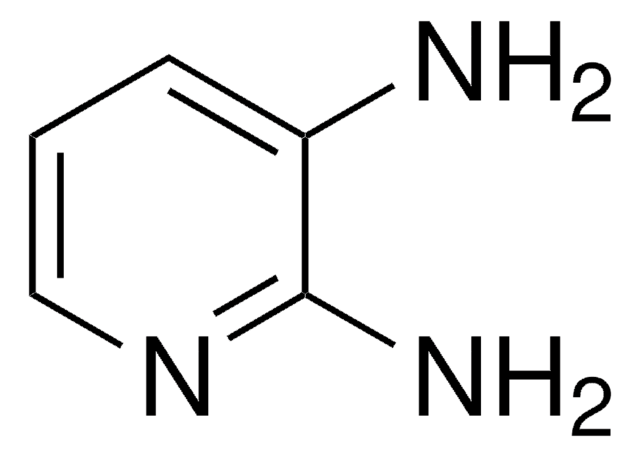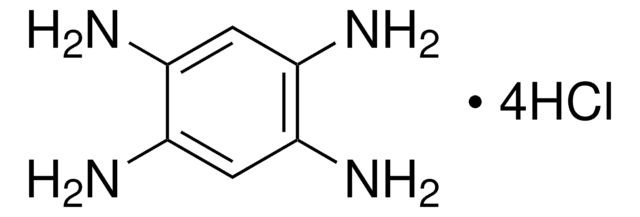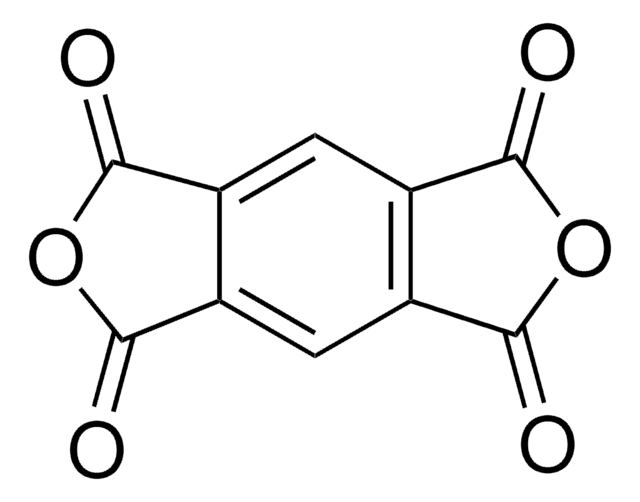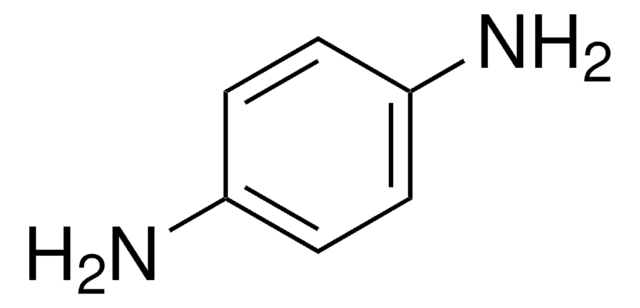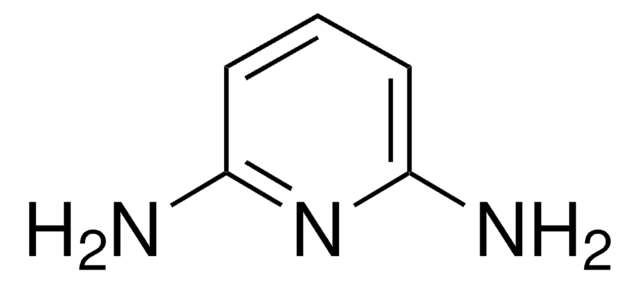305065
1,2,4,5-Benzenetetramine tetrahydrochloride
≥95%
Synonyme(s) :
1,2,4,5-Tetraaminobenzene tetrahydrochloride
About This Item
Produits recommandés
Niveau de qualité
Essai
≥95%
≥95.0% (AT)
Pf
≥300 °C (lit.)
Chaîne SMILES
Cl.Cl.Cl.Cl.Nc1cc(N)c(N)cc1N
InChI
1S/C6H10N4.4ClH/c7-3-1-4(8)6(10)2-5(3)9;;;;/h1-2H,7-10H2;4*1H
Clé InChI
BZDGCIJWPWHAOF-UHFFFAOYSA-N
Vous recherchez des produits similaires ? Visite Guide de comparaison des produits
Catégories apparentées
Description générale
Application
- A pyrene-based benzimidazole-linked polymer by the co-condensation with 1,3,6,8-tetrakis(4-formylphenyl)pyrene in dimethylformamide.
- Triazine-based benzimidazole-linked polymers for highly selective CO2 capture.
- Nitrogen-doped carbon dots (NCDs) by simple hydrothermal method, applicable as a highly selective fluorescent probe for sensing Mg2+ ions in an aqueous solution.
- Red-emitting carbon dots via the solvothermal method.
Code de la classe de stockage
11 - Combustible Solids
Classe de danger pour l'eau (WGK)
WGK 3
Point d'éclair (°F)
Not applicable
Point d'éclair (°C)
Not applicable
Équipement de protection individuelle
dust mask type N95 (US), Eyeshields, Gloves
Faites votre choix parmi les versions les plus récentes :
Déjà en possession de ce produit ?
Retrouvez la documentation relative aux produits que vous avez récemment achetés dans la Bibliothèque de documents.
Notre équipe de scientifiques dispose d'une expérience dans tous les secteurs de la recherche, notamment en sciences de la vie, science des matériaux, synthèse chimique, chromatographie, analyse et dans de nombreux autres domaines..
Contacter notre Service technique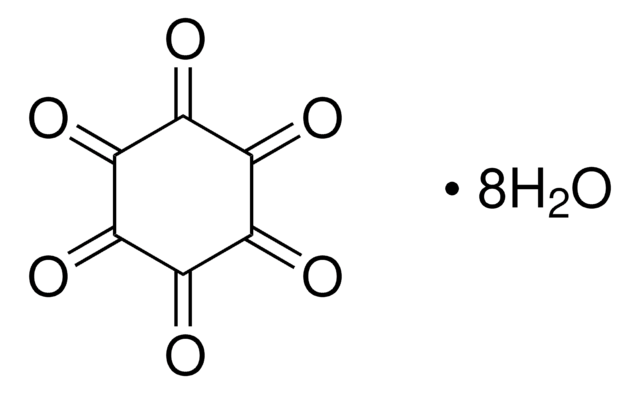

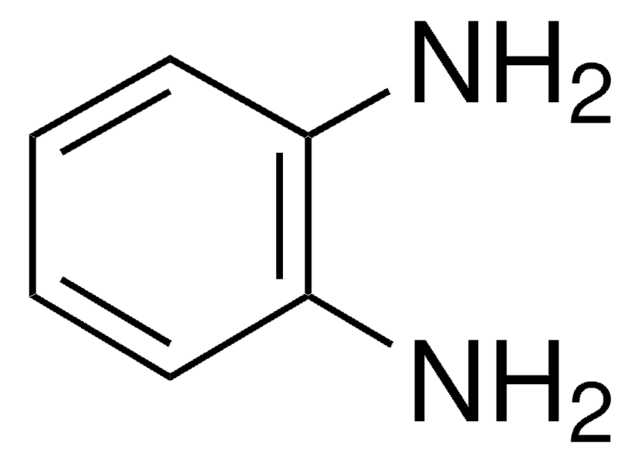
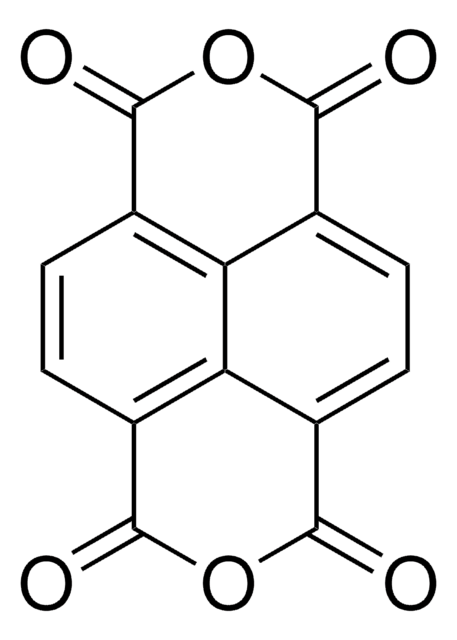
![Dipyrazino[2,3-f:2′,3′-h]quinoxaline-2,3,6,7,10,11-hexacarbonitrile 95% (HPLC)](/deepweb/assets/sigmaaldrich/product/structures/151/558/c0e2c95f-5228-4864-a7a5-4b9765a19840/640/c0e2c95f-5228-4864-a7a5-4b9765a19840.png)
